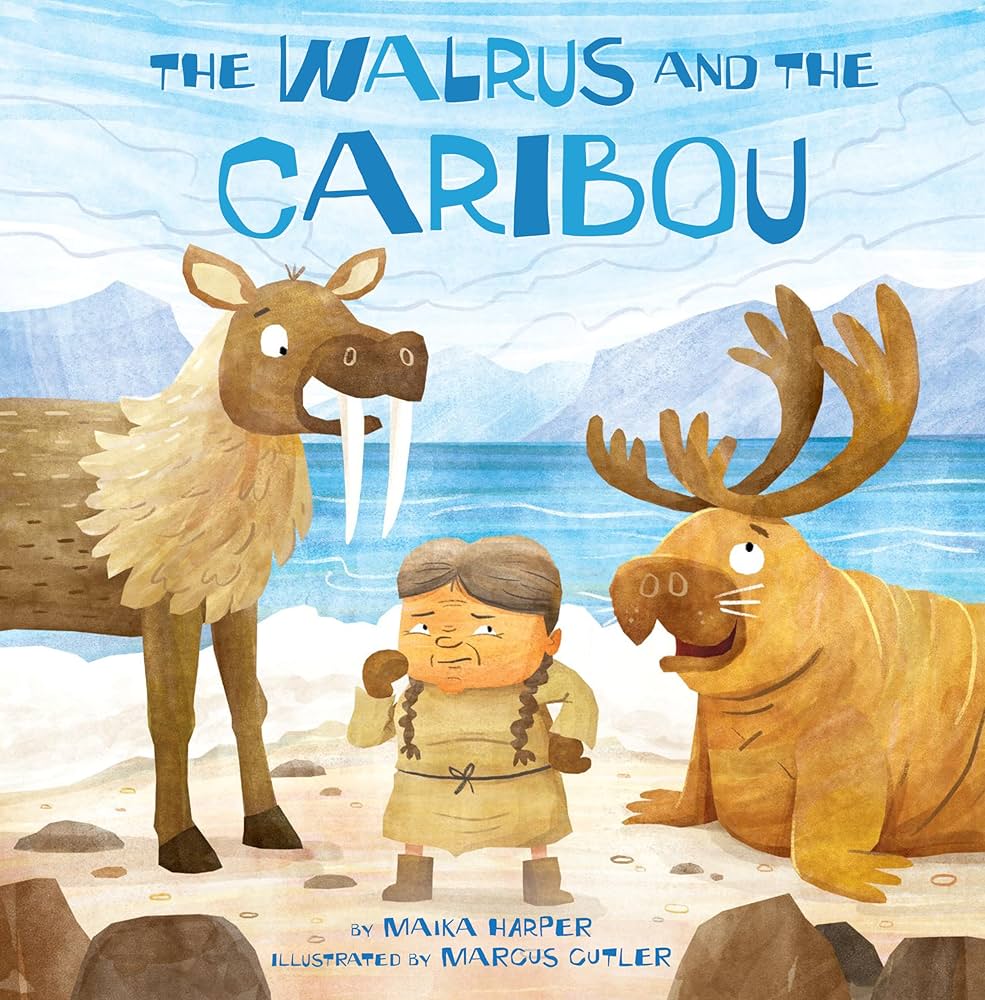
What kind of animal can you invent when you combine two or more animals?
In a Grade 2 classroom, the teacher read the book The Walrus and the Caribou by Maika Harper. When Earth was new, words had the power to breathe life into the world. But when creating animals from breath, sometimes one does not get everything right on the first try! Based on a traditional Inuit story passed forward orally for generations in the South Baffin region of Nunavut, this book shares with young readers the origin of the caribou and the walrus—and tells of how very different these animals looked when they were first conceived. The learners had learned about animals and their different habitats previously, and the teacher used this book as a provocation to make learners curious about inventing a new animal that nobody had ever seen before.
The learners were placed into groups of three and were tasked with the following: “Invent an animal that nobody has ever seen before.” The intent of this learning experience was for the learners to apply their knowledge about the different animals and habitats that they had learned about previously.
The class created the criteria together:
The learners completed their first design in their sketchbooks and labelled the different body parts and the colours they would use. They also sketched out what the habitat would look like for this new animal.
Once the teacher modelled how to give and receive feedback, learners then shared their designs with another group for feedback. The focus for the learners was on creating an animal/habitat that made sense to the rest of the class. Once all the groups received feedback, groups modified their original designs and began the process of creating their animal and habitat. The teacher placed all the materials on their tables and modelled how to use some of the sculpting tools to create different textures.
Halfway through the creation process, the teacher brought the learners to the carpet to have a conversation about reflecting on how the collaboration was going with the group members. The teacher once again modelled how to give feedback or prompts to group members so that learners could learn from this creative and collaborative process. The teacher asked learners for helpful suggestions for more effective collaboration. Constructive feedback statements were written on the board for reference. They also discussed strategies for persevering and overcoming obstacles. The learners went back to their tables, where everyone was given feedback on their collaborative skills so far, and they built on these suggestions moving forward.
Learners completed their animals and habitats, and shared with the class using the criteria created earlier and some of the constructive feedback given by their group members and what they learned about themselves. The classroom was full of newly invented and creative animals!
Harper, Maika. The Walrus and the Caribou. Illustrated by Marcus Cutler, Inhabit Books, 2017.